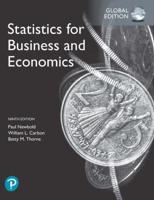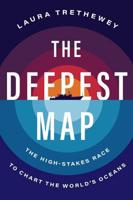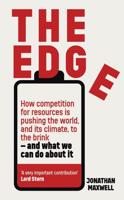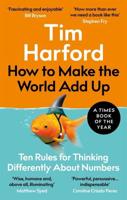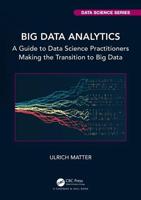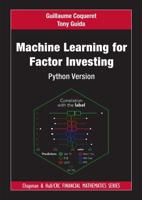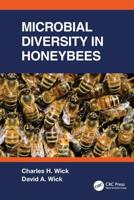Publisher's Synopsis
Today econometrics has been widely applied in the empirical study of economics. As an empirical science, econometrics uses rigorous mathematical and statistical methods for economic problems. Understanding the methodologies of both econometrics and statistics is a crucial departure for econometrics. The primary focus of this book is to provide an understanding of statistical properties behind econometric methods.
Following the introduction in Chapter 1, Chapter 2 provides the methodological review of both econometrics and statistics in different periods since the 1930s. Chapters 3 and 4 explain the underlying theoretical methodologies for estimated equations in the simple regression and multiple regression models and discuss the debates about p-values in particular. This part of the book offers the reader a richer understanding of the methods of statistics behind the methodology of econometrics. Chapters 5-9 of the book are focused on the discussion of regression models using time series data, traditional causal econometric models, and the latest statistical techniques. By concentrating on dynamic structural linear models like state-space models and the Bayesian approach, the book alludes to the fact that this methodological study is not only a science but also an art.
This work serves as a handy reference book for anyone interested in econometrics, particularly in relevance to students and academic and business researchers in all quantitative analysis fields.



